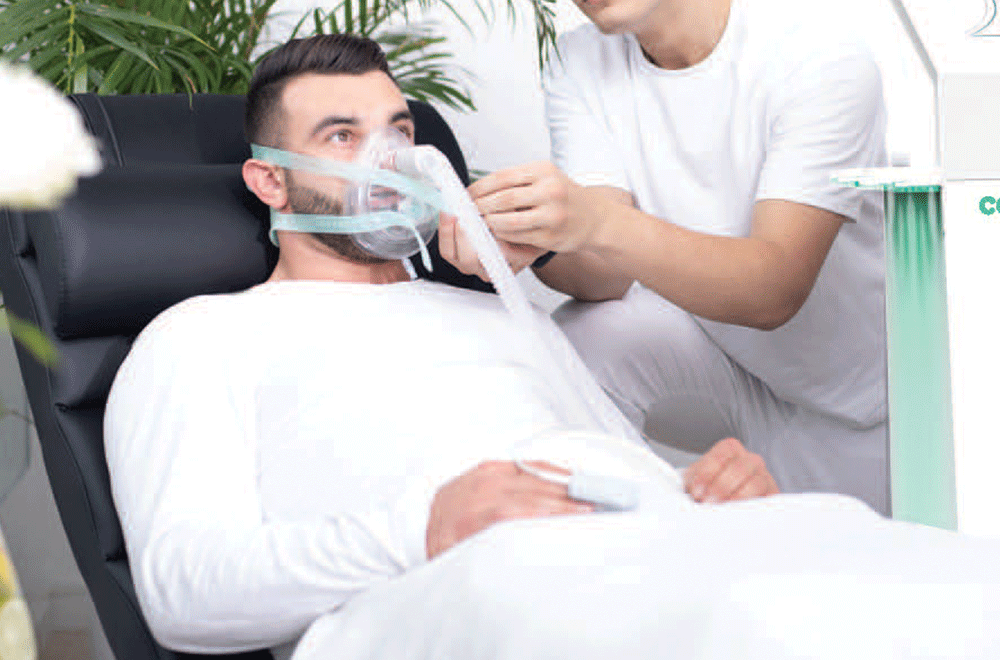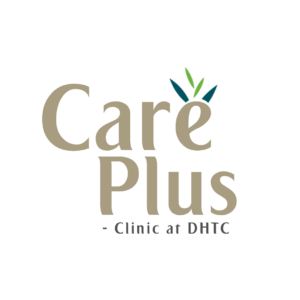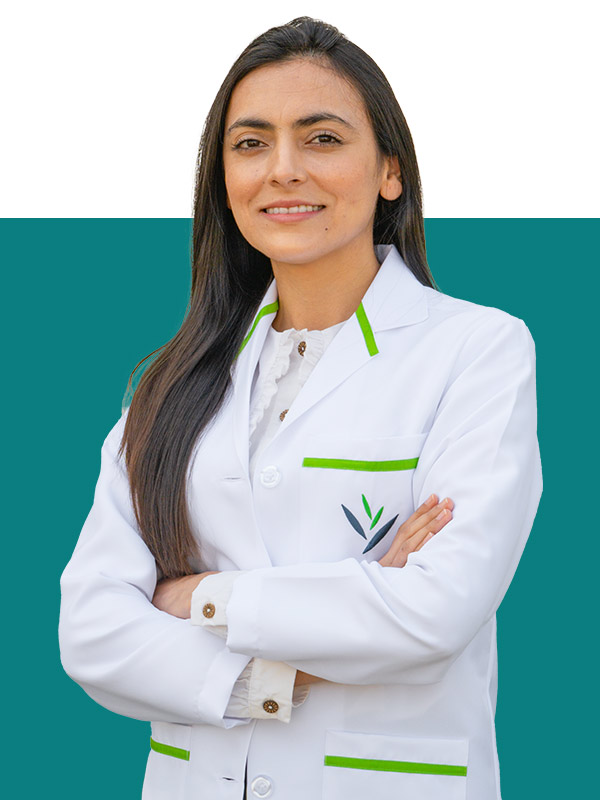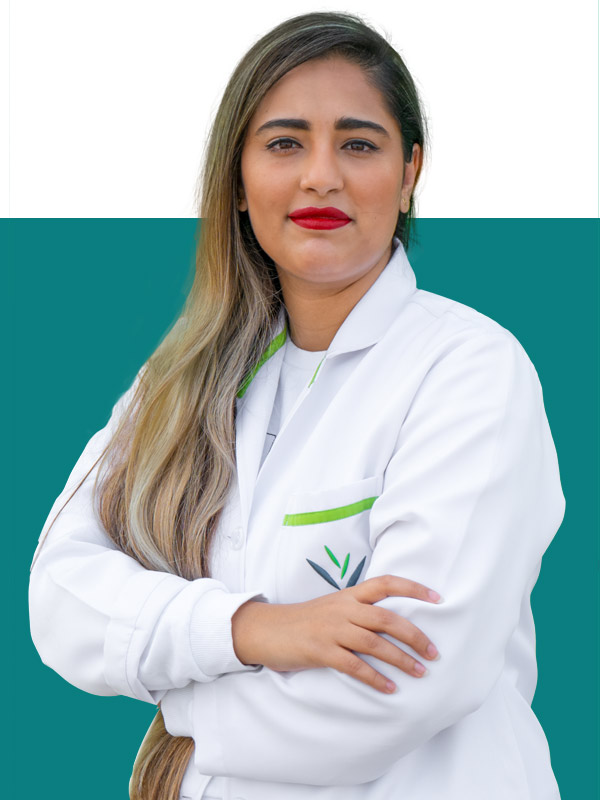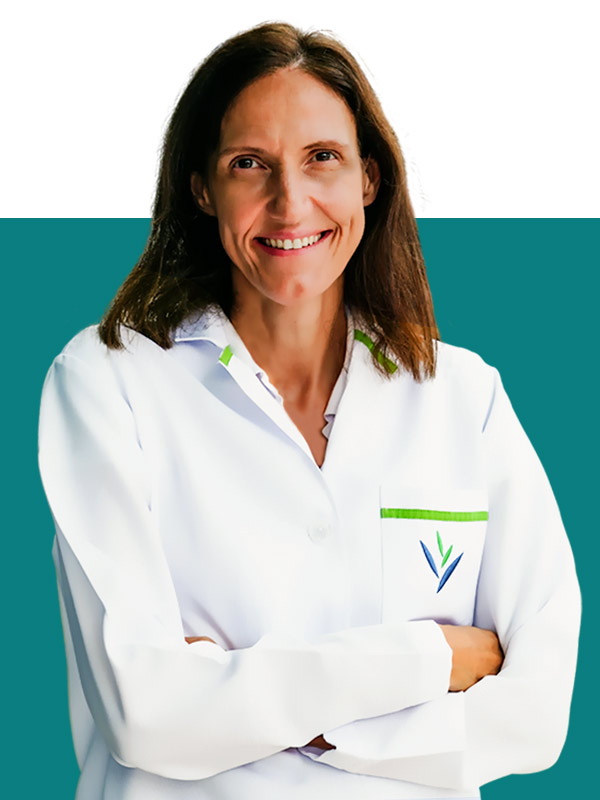IHHT-Intermittent Hypoxia Hyperoxia Treatment
Cellair@ Passive training - Intermittent Hypoxia Hyperoxia Therapy (IHHT) / Intermittent Hypoxia Normoxia therapy (IHT)
IHHT/IHT is also known as intermittent hypoxia hyperoxia therapy or training. It acts on the energy metabolism of the cells and is therefore a kind of cell training. During the therapy different concentrations of oxygen are inhaled. The intervals change between intervals of low oxygen and intervals of high oxygen or low oxygen and normal oxygen.
In principle IHT simulates altitude training – but instead of climbing to dizzying heights for altitude training, you can train passively – using the Cellair @ device
Hypoxia- Hyperoxia – mechanism of action and metabolic benefits
By definition hypoxia is a lack of oxygen in the body and tissue. The air we breath contains normally 21 % of oxygen. During the Hypoxia therapy the oxygen concentration inhaled decreases to 16 % and below compared to the Hyperoxia interval, where the O2 concentration in the inhaled air increases, even up to 36 %. This leads to various adjustments which have a positive effect for your energy supply. Regular therapy sessions will stimulate multiple adaptive mechanisms in your cells.
Under everyday conditions your Oxygen saturation (SpO2) is around 98% .
During the hypoxia interval when less oxygen ( compared to the normal O2 levels in the air ) gets inhaled, IHHT generally strives for a SpO2 of less than 90 %. Depending on your health, your physical resilience and available device, a range below 85 % can also be achieved. As part of the subsequent hypoxia (the phase with the high oxygen concentration),SPO2 values between 98 % and 100 % are aimed.
IHT/IHHT is a therapeutic procedure for the regeneration of cellular structures – mainly the mitochondria. Positively influencing many metabolic processes and protective and adaptive cellular mechanisms. IHT/IHHT can contribute to positive outcomes concerning many medical conditions. It is an effective non-invasive procedure.
The method is well researched. IHHT/ IHT influences our genes positively. It has a positive impact on our cellular health and enhances our metabolic function. The proven physiological benefits on cellular level include the protection against oxidative stress, the increases of the energy production and optimization of the sugar metabolism, accelerated breakdown of lactate, stimulation of autophagy, activation of stem cells, increased fat metabolism, and activation of the immune system.
Training in hypoxia induces a complex physiological response: It increases the capacity of transporting oxygen in the blood, as well as the cellular metabolism changes. The key regulator for the adaptive processes on cellular level is called “Hypoxia induced Factor 1”. HIF- 1 is a major regulator of the oxygen hemostasis within our cells. As transcription factor HIF 1 regulates the expression of genes involved in maintaining oxygen homeostasis. These genes have an influence on the production of erythropoietin and growth factors for the angiogenesis.
People who can benefit from IHT/IHHT are those who want to improve their general fitness and their cellular health: patients with chronic fatigue, patients with prediabetes and diabetes and cardiovascular diseases, metabolic syndrome, patients with asthma and chronic obstructive lung disease, stress induced conditions, psych vegetative conditions, neurologic conditions, including mild cognitive impairment.
Elderly people with reduced mobility with orthopedic conditions and neuromuscular impairment can improve their cardiovascular fitness.
Even athletes include IHT IHHT in their training, as it improves the capacity for endurance and recovery.
What to expect during the sessions
Before the training the doctor will do consultation and assess your individual condition through 3 different methods using the Cellair @ device. These methods include the stop breathing test, the Heart Rate Variability and the Hypoxia test. Your personal training plan will be established according to your results. After 5 cycles of training the figures can be compared.
During the session you wear a breathing mask over which your face which covers your nose and mouth. You lie or sit in a comfortable position completely relaxed. During the passive training the most important physiological parameters get monitored. Your saturation is continuously monitored through a pulse oximeter on the fingertip. Your oxygen saturation in the arterial blood indicates how much oxygen is bound to the red color pigment hemoglobin (Spo2).
You will do the training once up to three times a week. During each session you will breathe different oxygen concentrations. The hypoxia phase of 5-7 minutes is always followed by a hyperoxia phase of 3-5 minutes or by a normoxic interval.
The duration of the training depends on the length of the individual phases and the number of cycles. The total length per session therefore varies between 30 and 50 minutes. At least 15 sessions are recommended. IHT IHHT is generally safe and can be combined with pharmacological therapy.
Contraindications include: Patients suffering from acute infection, acute viral infection, acute bronchitis, acute fever, acute headache, hypertensive crises should not do IHHT until they recover.
Patients with epilepsy, polycythemia vera, thalassemia, sickle cell anemia, terminal illness, heart valve conditions mitral aortal heart valve conditions with arteriovenous shunt should not do IHHT, patients with epilepsy should not do IHT IHHT.
IHT/ IHHT is not an alternative to drug therapy it is a complementary approach to improve cellular health.
The training should be done on a regular base 1-3 sessions per week, 15 sessions are recommended.
